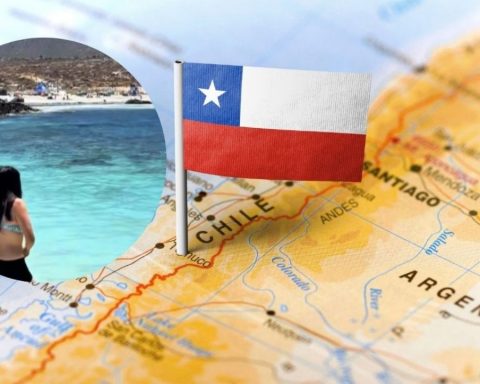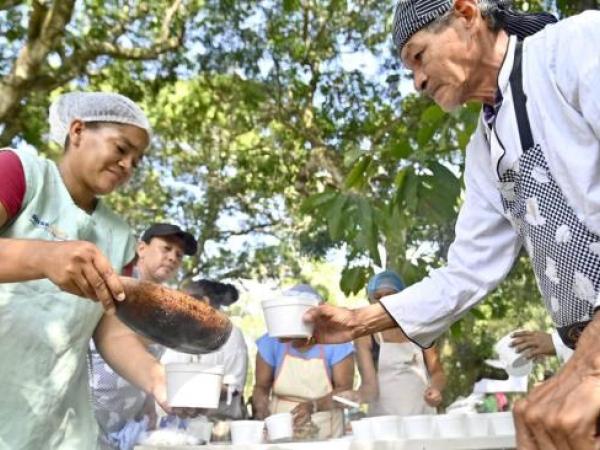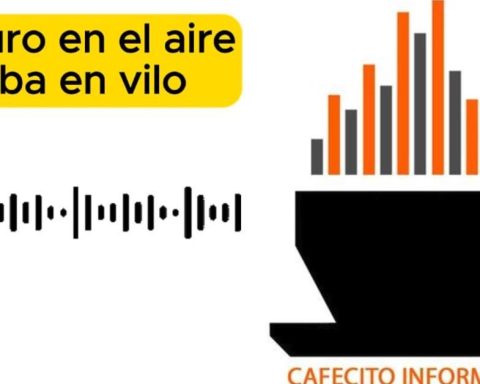Decreases in water availability of more than 50% in basins such as Maipo, Aconcagua, Rapel, Mataquito and Maule, is what the National Institute of Statistics (INE) projects for the following decades, whose estimates are part of the Annual Report of Environment 2022.
The report brings together the most relevant figures regarding the country’s environmental situation, through statistics related to air, water, land and soil, biodiversity and driving forces, with the aim of constituting a reference document for the use of public institutions. and private, and guide the development of public policies in the best way.
With a sustained water crisis, the latest projections on the availability of water in Chile (2030-2060), estimate a decrease in the average annual flow for all the basins analyzed, with an average decrease of 25% in the most unfavorable cases and 10%. % in the most favorable. The southern and southern areas are the ones with the lowest projected deficit, however, climatic changes have already been identified, such as the decrease in mean precipitation of around 1,000 mm/year, as well as warmer temperatures. The northern and central areas are the most affected, with projections of a decrease in water availability of more than 50%, not to mention that these have already had a reduction of between 13% and 37% in the last 30 years.
The publication, which has been carried out since 1986, is currently built from the Basic Environmental Statistics System (SEBA), a hierarchical system for the production of environmental data that allows classifying and ordering statistical information in the form of Basic Environmental Variables (VBA). This production considers two contexts: on the one hand, the multifactorial nature of environmental issues; and on the other, the one that corresponds to the relationships between the basic environmental variables and the environmental indicators, which, despite being different methodological units, establish links that are necessary to specify in order to elaborate a proposal for an ordering that guides the production of environmental statistics. That is, the indicators include in their model the production of basic statistics, since they correspond to the basis for their calculation.
According to INE data, during the 2021/2022 season – which runs from July 1, 2021 to June 30, 2022 – the area damaged by forest fires increased, reaching 125,339.04 hectares, of which which 86,910.20 correspond to intentional fires.
According to records provided by the National Forestry Corporation (Conaf), 17.4% of the forests correspond to plantations, with a concentration of 91.8% of these surfaces between the regions of O’Higgins and Los Ríos, highlighting among them the Biobío Region, with the largest area of plantations (28% of the national total). 60.5% of the plantations correspond to Pinus radiata monocultures, followed by Eucalyptus monocultures with 33.3%. Both species are introduced, and their extraction constitutes the majority of exported forest products. With the exception of the export of industrial roundwood, other products, such as sawn wood, wood pulp, paper and cardboard, showed a drop in their figures.
Regarding Protected Wilderness Areas, 81.92% of the protected area in Chile is concentrated in the Aysén and Magallanes regions, including the Southern Ice Fields, various wetlands and extensive evergreen and deciduous forests that are difficult to access. In addition, in the last 5 years, the largest number of visits was concentrated in the regions of Los Lagos, Antofagasta, La Araucanía and Magallanes.
Regarding fishing, the national artisanal landing reached a total of 1,574,612 tons in 2021, while industrial fishing showed a total of 786,023 tons in the same year. In relation to aquaculture at the national level, from 2017 to 2020, there was an increase in the harvest that went from 1,219,739 tons to 1,505,486, respectively, while during 2021 there was a drop in production, reaching a total of 1,443,516.

















